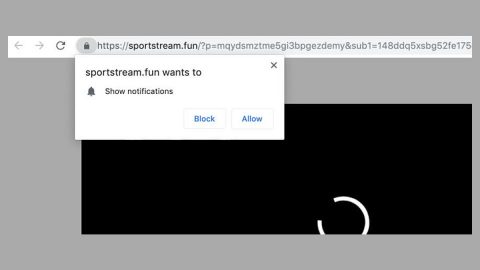Many of us will naturally say “Apple” when people ask us about the world’s most secure operating system. Yes, even us longtime PC fans have long known Apple makes technically-secure operating systems.
But it’s 2015, not 2005. Apple no longer offers world’s most secure operating system. In fact, a recent study showed that Apple operating systems like Max OS X have more vulnerabilities – by number – than any of their competitors.
That means they’re among the worst computer operating systems for security.
Mac OS X is World’s “Most Vulnerable OS” According to Report
On February 18, 2015, security research firm GFI published the results of a report listing the “Most vulnerable operating systems and applications in 2014.”
The report sought to answer important questions like:
-What are the latest vulnerability trends?
-What percentage of vulnerabilities are considered critical?
-Which areas see more vulnerabilities than others?
-Which OSes and applications have the most vulnerabilities?
The report concluded by stating that Apple was really bad at dealing with vulnerabilities:
Apple’s Mac OS X operating system led the way with 147 vulnerabilities, including more “high” vulnerabilities than any other operating system on the list. Mac OS X had 64 high vulnerabilities while the next leading OS had just half of that: 32 vulnerabilities.
That next-highest operating system also had approximately the same number of medium vulnerabilities as Mac OS X (72 compared to 67) and low vulnerabilities (23 compared to 16).
That next-highest operating system? Apple’s iOS.
In other words, both of Apple’s flagship operating systems horribly failed the security test. Coming in at third place was the Linux Kernel, which isn’t surprising considering that Apple shares a lot in common with Linux. Linux had 119 vulnerabilities in total, although only 24 of those vulnerabilities were considered serious.
Windows Fares Surprisingly Well
Microsoft’s Windows operating systems went through testing largely unscathed. Microsoft’s most popular OS, Windows 7, had a total of 36 vulnerabilities, with 25 of those vulnerabilities being rated as “high”, 12 as medium, and 0 as low.
Microsoft Windows 8 and 8.1 had identical vulnerability totals, which suggests that the same exploits carried over across Windows versions. Windows Vista and Windows RT had 34 and 30 total vulnerabilities, respectively.
Most Dangerous Applications By Vulnerabilities
The report also looked at the vulnerabilities in specific applications. Microsoft didn’t do so well in this part of the report: Internet Explorer led the back, nearly doubling that of the next closest competitor:
Internet Explorer had a total of 242 vulnerabilities, with an astonishing 220 of those vulnerabilities rated “high”. Chrome (124), Firefox (117), and Adobe Flash Player (76) were the next most vulnerable applications.
Report Greeted with Huge Amounts of Criticism
Like any anti-Apple or anti-PC report ever posted online, this latest report has been greeted by huge amounts of criticism.
GFI has been accused of pro-Windows bias and every media outlet that reported the study has been accused of having an anti-Apple agenda.
One of the main criticisms of the study was that the study didn’t account for various disclosure policies among companies. This means the study only reflected disclosed and fixed issues as opposed to the overall security of the OS.
Apple fans are also arguing that iOS and Mac OS flaws are being doubled counted because they’re the same vulnerabilities. Windows as a platform on the other hand, isn’t being aggregated.
The funniest part about these criticisms is that GFI didn’t even launch the report to shame Apple or promote Microsoft: they were just trying to let system administrators know which parts of the system to upgrade first.
Ultimately, the study concluded that IT admins should patch the following programs in order:
-Operating systems
-Web browsers
-Java
-Adobe’s free lineup of software programs, including Flash, Reader, Shockwave Player, and AIR
3 Things to Remember When Picking the World’s Most Secure Operating System
1) Throw reputation out the window (no pun intended): just because Apple used to be more secure and Windows used to be filled with bugs doesn’t mean the same holds true today. Holding over biases from the 1990s doesn’t do anybody good – especially in a tech world which changes every few years.
2) Almost all commonly used platforms have malware: The myth of there being operating systems with “no malware” is so far in the past it should be considered ancient history. All popular operating systems have some types of exploits or vulnerabilities. No exceptions.
3) You’re often safer switching to a mobile device: Your mobile devices tend to be more secure than your desktop and laptop computers. They have modern system architectures and a safer software distribution process (unless of course you’ve rooted or jailbroken your device).
So Which Operating System is Most Secure in 2014?
The system that is most secure is the one that gets patched regularly. End of story. No exceptions. Tell that to your IT department.










